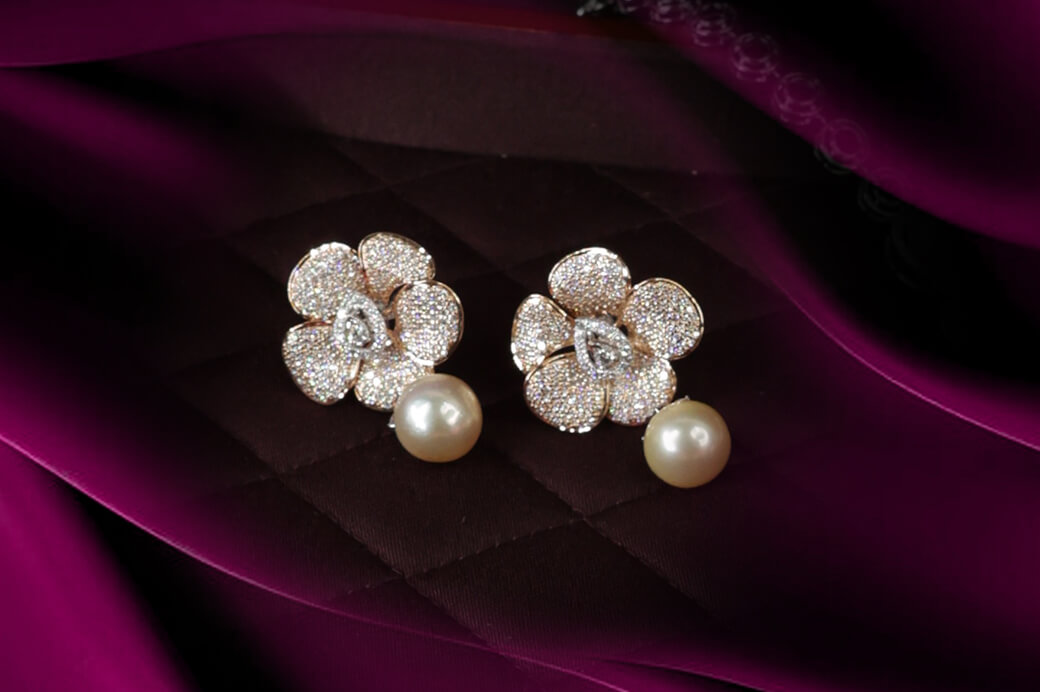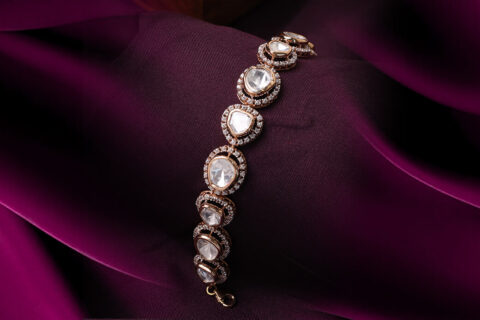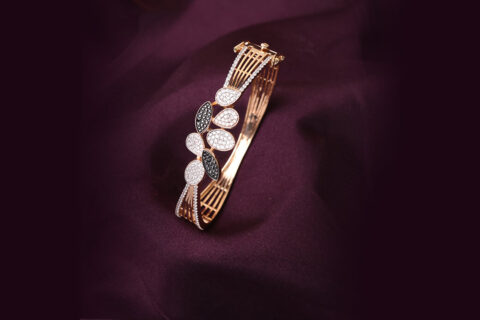The Significance of Mangalsutra in Indian Weddings
- Posted on
- 0 comments
- by Aishwarya

In Indian weddings, few symbols carry as much emotional and cultural weight as the mangalsutra. More than jewellery, it’s a sacred marital thread that represents love, commitment, protection, and the social recognition of a woman’s married status. Whether crafted in classic black beads and gold or styled in sleek modern designs, the mangalsutra continues to evolve—yet its meaning endures.
What Is a Mangalsutra?
A mangalsutra (from Sanskrit: mangal = auspicious, sutra = thread) is a necklace the groom ties around the bride’s neck during the wedding ceremony. Traditionally made with black beads strung on gold and often finished with a central pendant or tanmaniya, it is believed to protect the couple from negative energy and symbolize the start of their married life. In many regions, tying the mangalsutra is one of the defining marriage rites—on par with sindoor, the bridal knot, or exchanging garlands.
The Deeper Symbolism
Commitment: The act of tying the mangalsutra publicly seals the marital bond.
Protection & Well-Being: Many Indian households believe the black beads absorb or deflect the “evil eye,” safeguarding the bride and, by extension, the marriage.
Unity of Two Families: Because families often select or bless the design, the piece becomes a shared legacy.
Spiritual Connection: Some pendants feature religious motifs—Lakshmi feet, Om, Trishul, Cross-influenced fusion motifs in interfaith weddings—signaling faith as a foundation for married life.
Traditional vs Modern Mangalsutra Styles
Traditional: Thick strands, dense black beads, heritage motifs, temple work, and handcrafted pendants passed across generations.
Modern: Minimalist chains, diamond solitaires, detachable pendants, bracelet-mangalsutra hybrids, and even smartwatch-friendly charms that clip to bands. Brides who juggle work, travel, and urban lifestyles often prefer short, light, tangle-free versions they can wear daily.


When and How Brides Wear It Today
Daily Wear: Many married women keep a lighter mangalsutra on every day for comfort and continuity of the symbol.
Occasional Wear: Some switch to statement pieces for festivals, anniversaries, or family functions.
Layered Styling: Fashion-forward brides layer the mangalsutra with simple gold chains or diamonds for fusion looks—traditional emotion, modern styling.
Buying Tips: Choosing the Right Mangalsutra
Decide Purpose: Daily use? Pick a shorter chain with secure clasps and fewer dangling elements.
Check Hallmark: Ensure the gold components carry BIS hallmark certification for purity.
Consider Lifestyle: If you work with your hands or wear Western outfits often, a sleek pendant and flexible chain work best.
Match Tradition: Ask families about preferred symbols; some communities treat design guidelines as sacred.
Budget Smartly: Weight, pendant work, diamonds, and brand markup all influence cost—so compare.

Care & Maintenance
Store separately to avoid tangling the black bead strands. Wipe with a soft cloth after wear. Avoid strong chemicals from perfumes or lotions settling on the thread or links. Periodically have your jeweller check clasps, bead tightness, and gold purity markings—especially if you inherited the piece.
A Living Tradition
The mangalsutra has shifted from a strictly traditional ornament to a personal style statement that still honors heritage. Brides today choose designs that reflect faith, fashion, comfort, and identity—yet the emotional heart of the ritual remains unchanged: a promise to stand together in marriage.



